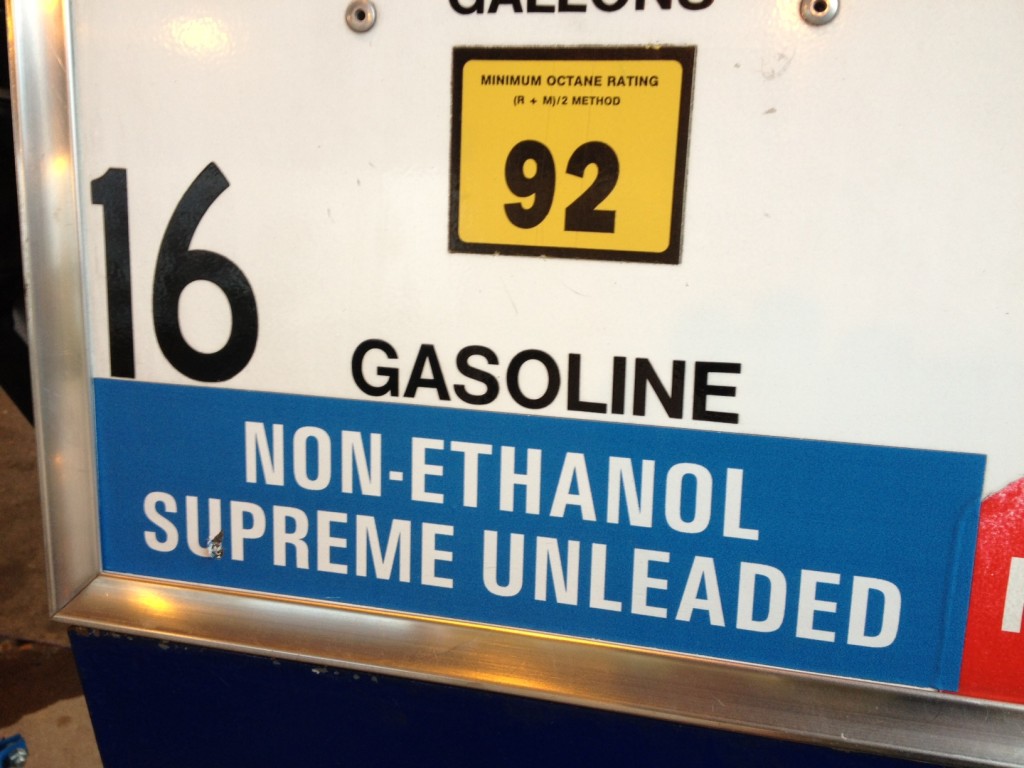Despite a heavy push from the Trump administration, the proliferation of fuel blends containing greater quantities of ethanol has hit a wall. In some areas, stations are even adding dedicated E0 fuel pumps due to increased demand for ethanol-free gasoline.
E15 gasoline blends are widely available in states such as Iowa and Minnesota, but virtually non-existent in most of the rest of the country. The fuel itself is less expensive than blends containing less ethanol, but its adoption is being stymied by a combination of prohibitive state laws, consumer push-back and the costs of preparing a station to dispense the fuel.
"The market is going to drive this. If there is demand for a product, our guys are going to be the ones to sell it,” Paige Anderson, government relations director at the National Association of Convenience Stores, told Transport Topics. But many station owners are balking at the investment required to retrofit stations for dispensing E15; in some cases, the price tag can approach $25,000.

Non-ethanol gasoline pump
Most modern vehicles are capable of running on gasoline blends with higher concentrations of ethanol, and many domestic models sold over the past 15 years are flex-fuel capable, meaning they can operate on blends of up to 85 percent ethanol. Older cars, on the other hand, are much more finicky, and the situation is often bleaker for recreational and utility engines, such as those found in boats, ATVs and power equipment.
The jump from E10 to E15 makes things even murkier, as several automakers—BMW, Mini, Mazda, Mitsubishi, and Subaru—recommend against the use of E15 even in their brand-new vehicles. The war over E15 expansion has been waging for nearly a decade now.
Previously, EPA regulations limited the amount of ethanol allowed in gasoline being dispensed between June 1 and September 1 in order to reduce smog-forming emissions. Earlier this year, the agency relaxed this restriction to bolster the president's Midwestern supporters—agribusiness, in other words.
